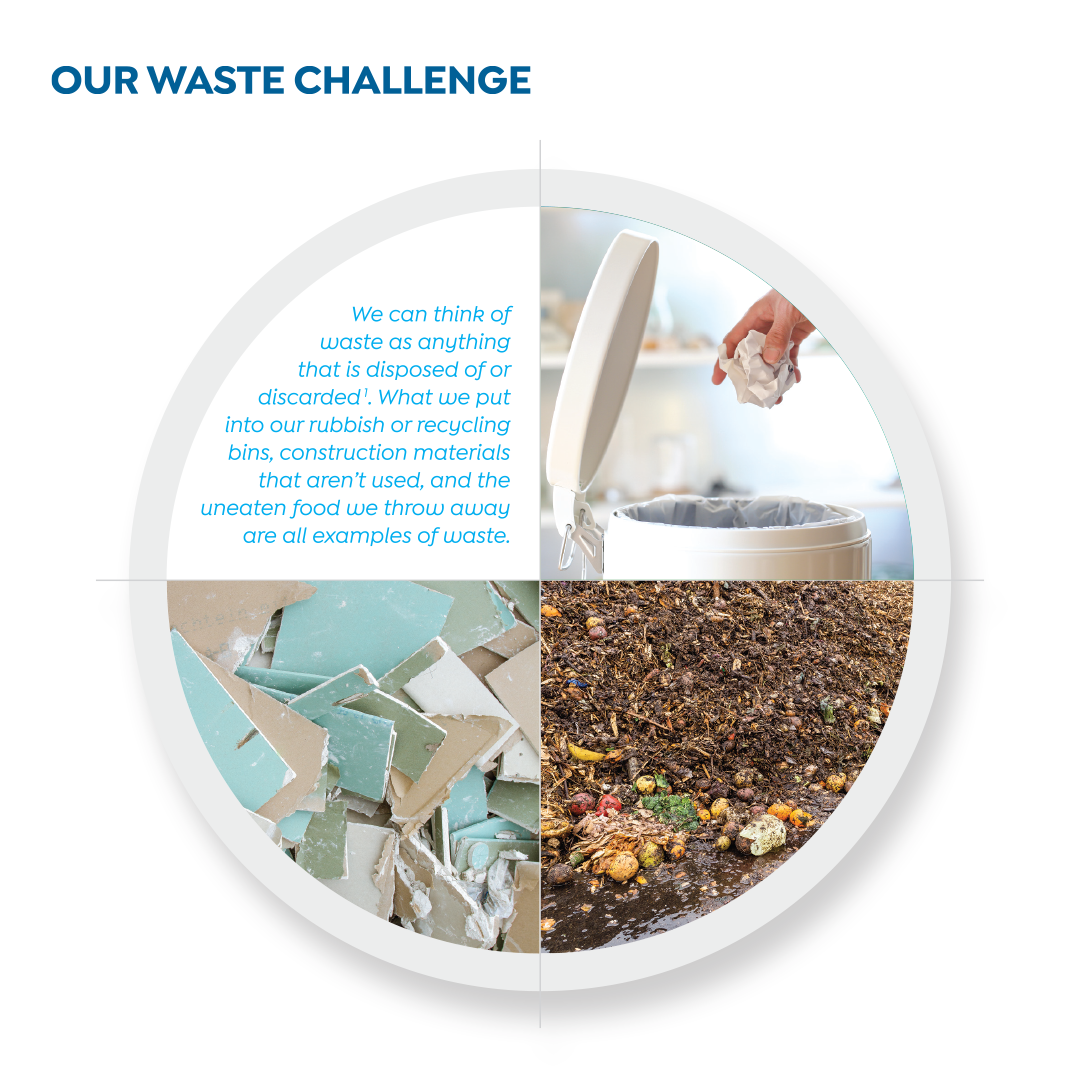Waste Management and Minimisation Plan
Managing waste within our district is an important Council responsibility.
In recent years there have been a number of developments at the national level and within the industry that mean we need to think more carefully than ever about how we manage our waste and resources. National legislation, including the Waste Minimisation Act and the NZ Emissions Trading Scheme mean that the cost of landfilling our waste is likely to increase in the future. In addition, the waste industry is increasingly able to offer new and better ways of reclaiming our wasted resources, meaning we have more options as to how we manage our waste.
 While we have been recycling and recovering more and more of our waste, there is more we can still do, and it will be important to make sure we do this in ways that are efficient and that benefit our communities as well as the environment.
While we have been recycling and recovering more and more of our waste, there is more we can still do, and it will be important to make sure we do this in ways that are efficient and that benefit our communities as well as the environment.
Each Council is required under the Waste Minimisation Act to produce a Waste Management and Minimisation Plan, which shows how they plan to manage their waste.
Our Council has adopted a new Waste Management and Minimisation Plan which includes an exciting and relevant new vision statement “Our Coromandel Communities – Taking action towards a circular economy and sustainable future”.
Read a copy of the full Waste Management and Minimisation Plan 2023-9
The plan sets out how we intend to manage the community’s waste in 2023-2029. The final plan is the result of consultation In February and March 20223 with iwi, members of our communities and our local resource recovery representatives. There were also public hearings in late March.
The plan outlines how Council will work with residents, homeowners and businesses to achieve positive waste reduction outcomes.
The upgraded rubbish and recycling system introduced in September 2023, which includes a food scraps bin, is one of the many ways our communities can help reduce waste to landfill.
Please note: Funding of work programmes identified in the plan will be subject to Council’s normal Annual and Long-Term Planning processes.